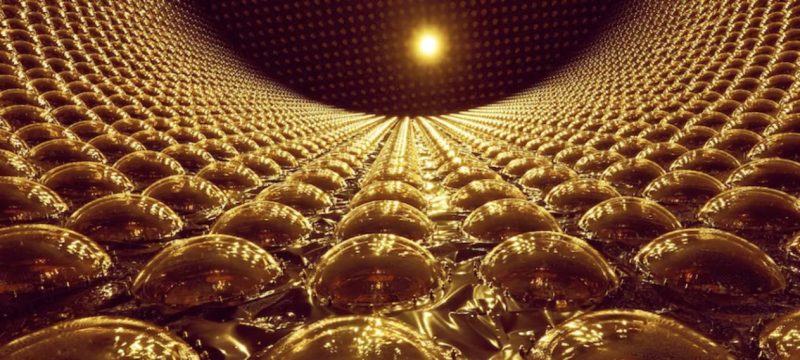WASHINGTON — October 22, 2025:
In a breakthrough that could reshape our understanding of the universe, scientists in the United States and Japan have combined data from two of the world’s leading neutrino experiments to gain unprecedented insight into one of physics’ most elusive mysteries — the neutrino.
Neutrinos, often described as “ghost particles,” are among the universe’s most abundant yet least understood entities. Trillions of them pass harmlessly through every human being each second, barely interacting with matter, making them notoriously difficult to detect and study.
The Mystery of the Universe’s Most Elusive Particle
Forged in cosmic environments such as the Sun’s core and exploding stars, neutrinos come in three types, or “flavors” — electron, muon, and tau. These particles can switch between types, a phenomenon called neutrino oscillation, which has puzzled scientists for decades.
A joint study, published in Nature, combines nearly a decade of data from the NOvA experiment in the United States and the T2K experiment in Japan. Together, the findings offer one of the most precise measurements ever made of the differences in mass between the three neutrino types.

“On the face of it, there were questions about whether or not the T2K and NOvA results were compatible. We learned they are very compatible,” said Kendall Mahn, physicist at Michigan State University and co-spokesperson for the T2K team.
Global Collaboration Between Two Giant Experiments
The U.S.-based NOvA experiment, run by the Department of Energy’s Fermi National Accelerator Laboratory (Fermilab), sends a controlled beam of neutrinos through 810 kilometers (500 miles) of Earth’s crust — from Illinois to a detector in Minnesota.
In Japan, the T2K (Tokai to Kamioka) experiment operates on a similar principle, propelling neutrinos 295 kilometers (185 miles) from Tokai, near the Pacific coast, to the Super-Kamiokande detector buried one kilometer beneath Mount Ikeno.
Despite differences in energy levels, distance, and design, both experiments converged on remarkably consistent results. This joint analysis marks a rare moment of precision alignment between international research efforts on neutrino physics.
Why Neutrinos Matter
Neutrinos are elementary particles, meaning they are not composed of anything smaller — making them fundamental building blocks of the universe. But their mysterious behavior could help answer some of the most profound questions in physics, including:
- Why the universe contains more matter than antimatter.
- How stars explode and spread elements across galaxies.
- Whether dark matter and dark energy are connected to neutrino physics.
“That question is especially important because it may help explain why the universe is made mostly of matter instead of antimatter,” explained Zoya Vallari, a physicist at Ohio State University and a member of the NOvA team.
“At the Big Bang, matter and antimatter should have existed in equal amounts and destroyed each other. But somehow, matter won — and we’re here because of it.”
A New Benchmark for Precision
While the exact mass of the three neutrino types remains unknown, the study achieved a new level of precision in measuring the mass gap between two of them — with less than 2% uncertainty, one of the most accurate results in the field’s history.
This finding brings scientists closer to resolving a long-standing puzzle known as “neutrino mass ordering” — determining which of the three neutrinos is the lightest.
What’s Next for Neutrino Science
The research lays the groundwork for a new generation of massive experiments designed to probe deeper into the nature of these ghostly particles.
In the United States, the Deep Underground Neutrino Experiment (DUNE) — led by Fermilab and spanning Illinois to South Dakota — is currently under construction. In Japan, work continues on Hyper-Kamiokande, a vastly upgraded successor to Super-Kamiokande, located in Gifu Prefecture.
China’s JUNO project, along with space-oriented detectors like KM3NeT in Europe and IceCube in Antarctica, are also part of a growing international effort to map neutrinos from both artificial and cosmic sources.
“Neutrinos have unique properties, and we are still learning a lot about them,” Mahn added.
“Every new experiment brings us closer to understanding how the universe truly works.”
A Step Toward the Origins of Matter
Scientists believe that unlocking the secrets of neutrinos could ultimately explain why anything exists at all — why matter triumphed over antimatter at the dawn of time.
For now, the world’s most advanced detectors — buried deep underground — continue to chase the faintest whispers of these ghostly travelers, illuminating the invisible threads that hold the universe together.
In other news also read about Have Scientists Finally Cracked the Dark Matter Mystery?









